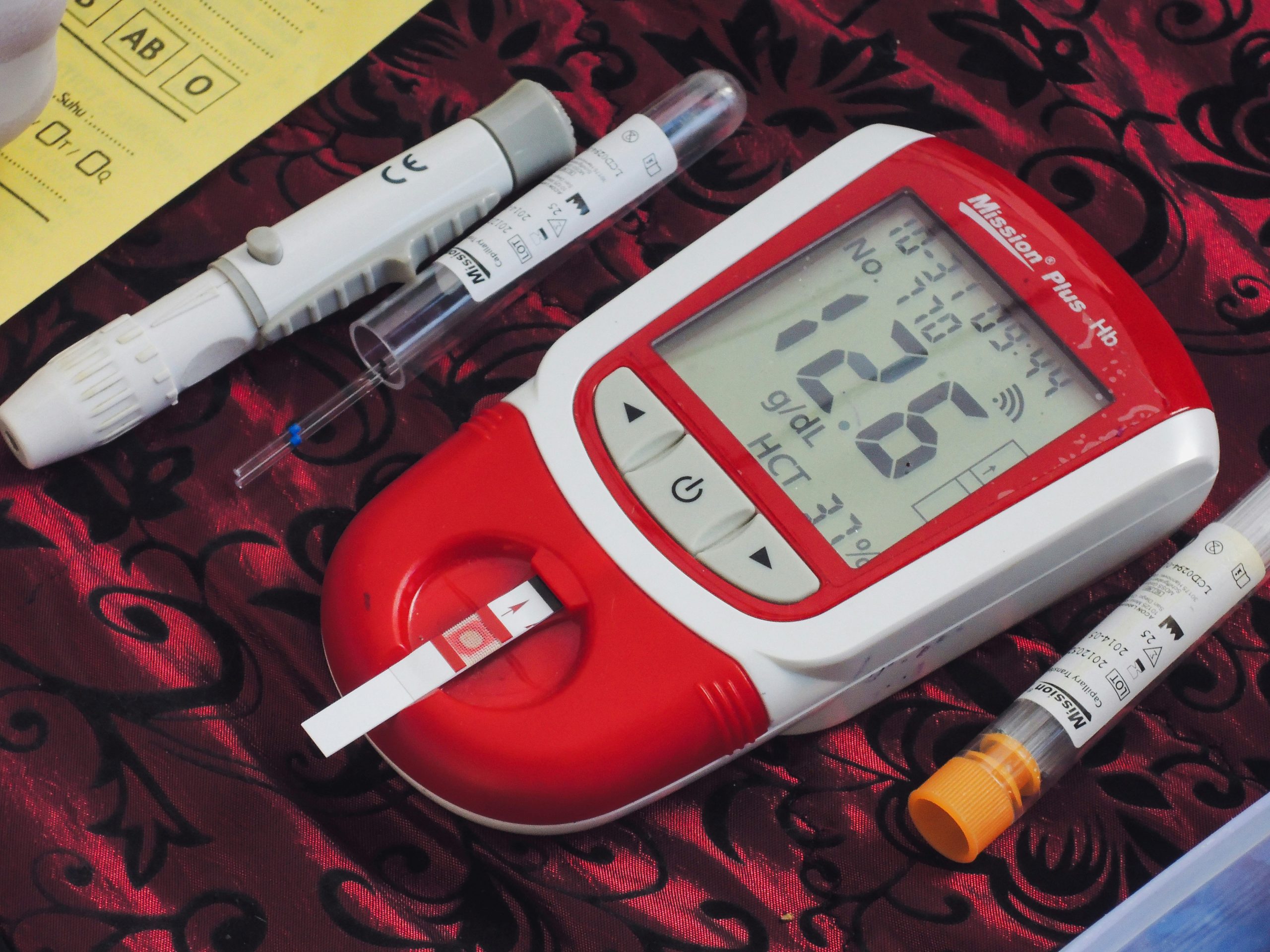1. What is an Insulin Pump?
An insulin pump is a small electronic device, about the size of a mobile phone, that mimics the function of a healthy pancreas by continuously delivering insulin throughout the day. It is primarily used by people with Type 1 diabetes or people with Type 2 diabetes who require multiple daily injections.
2. The Two Delivery Methods of an Insulin Pump
An insulin pump mimics both ways the pancreas secretes insulin.
– Basal Infusion: The pump continuously infuses a very small amount of rapid-acting insulin subcutaneously every 3-5 minutes, 24 hours a day, according to a pre-set program by the user. This serves the role of the ‘basal insulin’ that our body fundamentally needs, regardless of meals.
– Bolus Infusion: When the user eats a meal or needs to correct a high blood sugar, they manually push buttons on the pump to deliver an additional dose of insulin. This serves the role of the ‘bolus (mealtime) insulin’ that prevents post-meal blood sugar spikes.
3. Advantages and Disadvantages
– Advantages: It reduces the pain of multiple daily injections and allows for more precise blood sugar control by enabling detailed, time-specific settings for individual basal insulin needs.
– Disadvantages: The device must be worn on the body at all times, there is a risk of malfunction such as catheter blockage, and the device is expensive.
Summary: An insulin pump is a device that supplies insulin very similarly to an actual pancreas, performing both the function of automatically and continuously delivering a small amount of ‘basal insulin’ 24/7, along with a ‘bolus’ function for manual delivery at mealtimes.


Leave a Reply